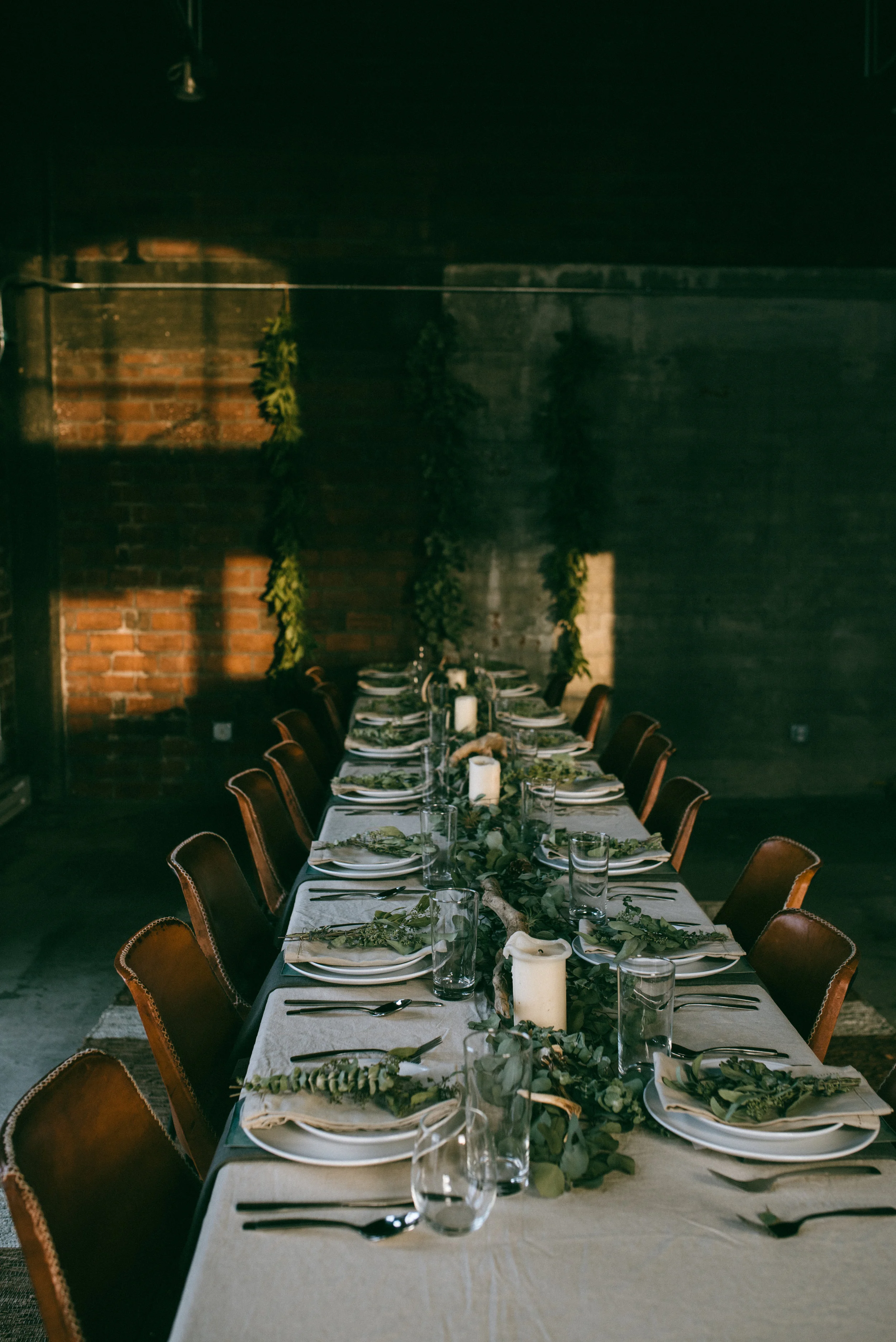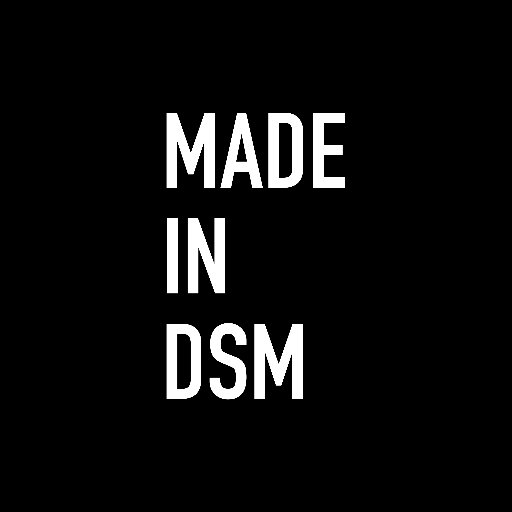Sam Fathallah (Filmmaker + Photographer)
/With so much information at our fingertips it can be difficult to stumble upon true creativity. We all know that it's super easy to find a topical meme or hysterical tweet, but art is a different story.
But when you do find it, you treasure it and share it with others. I've noticed that really good art doesn't drain you like so many other things online, but it challenges you and even deepens you.
Sam Fathallah's work made me feel all of those things. In particular, it was a video chronicling adventures with his friend, Mary, that really caught my eye. Watch the video after the jump and you'll understand. After the video, read my interview with Sam. He's one talented guy....
Why did you choose this format to tell your stories?
As a kid I had a deep love and admiration for music. I'd be in the car and I'd experience that synesthesia phenomena where the song on the radio became the soundtrack to the universe passing by. For me that was the most profound feeling because I loved how music accentuated the world, it added new colors and new images to everything around me.
I was addicted to that feeling and filmmaking is my way of adding new colors and new images to the world. I turn on my music, close my eyes, and try to encapsulate what I see by using my camera.
Any particular musicians that you return to over and over again?
Vampire Weekend's debut album had this very energetic flare that really complimented by sense of "childhood wonder." When I started making stop-motion videos I used their music a lot. While making those videos, I began to appreciate film as this marriage of art and science. I really think the two are inseparable.
When using a camera, you're messing with physics by trying to get light through a lens and adjust it in such a way to achieve something cool. So you're doing that very scientific thing, but you're trying to also match it with something artistic. With film you have both these things happening at once - science and artistry - and I love that.
Were you very creative as a kid?
I remember often playing with Lego's, which is another example of art and science mingling I guess. I think enjoyed making those stop-motion videos because I could mess with reality and make things happen that normally didn't, like moving objects that don't usually move on their own.
Around that same time, my friends and I had this blog called "the Panic Button Blog" where we posted content that we thought was hilarious at the time. Mind you, this was pre-social media, sometime around 2007 and long before Facebook or Twitter had taken off.
But we somehow ended up amassing this huge following of blogger kids! In fact, if you were to search "funny images" on Google back then, ours were the top results. We had SEO figured out all the way back in middle school. (Laughing)
With that blog, I began to understand what people wanted to see and I was able to gauge their reactions through their comments. It taught me that it's important to understand your audience. Maybe it's just as as important as understanding your own art. I really enjoyed that time of working on the site, I learned a lot from it.
Tell me about some of your creative idols.
There are filmmakers like Alfonso Cuaron (Children of Men, Gravity) whose cinematography style is very similar to my own. I was deeply inspired by how he treats the camera as a character.
Then there's someone like David Fincher (the Social Network, Gone Girl) who's on the other end of the spectrum and whose style is more robotic. But his technique is such a pristine, clean way of observing the world. Both of those men have amazing storytelling abilities.
There's also a vlogger named Casey Neistat and back in the day, he used to do these fun, quirky videos that really interested me. He had this piece of advice that has really stuck with me as an artist: "All you need to tell a story is a cut tool. If you have a compelling story and good talent, all you need is a way to edit the flow of the story." I think often people think stories are these complex things that need to be full of effects, but the most basic elements of a good story can be told with just a cut tool.
I also love watching Apple commercials, I have so many of them bookmarked and a few even make me cry. There's this one in particular called Photo's Everyday and it's just a short video that cuts between different people's lives. You're told their entire story in just one shot and that one really helped me understand that everyone is having their own experience.
I think it's easy to get stuck in our own heads and think that we're these complex people and everyone else is just accessory pieces to our reality. But everyone passing by has a whole story with people they love and places they've gone. Life is kind of this adventure in exploring other people's experiences. And film is a great way to do that.
Through your own creative ability you're able to amplify those experiences; you get to amplify someone's story.
I imagine you often have your camera with you when you go. Is it hard to remain present?
Recently I've been trying to stop and breathe before I hit that record button. I went to South Dakota earlier this summer and brought my camera with me, but before I experienced it through the lens, I experienced it in real life. I think doing it that way is beneficial because the nature of what I'm capturing will be amplified because I experienced it beforehand.
When it comes to social media and documenting our own individual experiences, I come at it from the perspective of amplification. I think we should let the world exist as it is and as an artist come in as a silent observer and amplify what we see.













